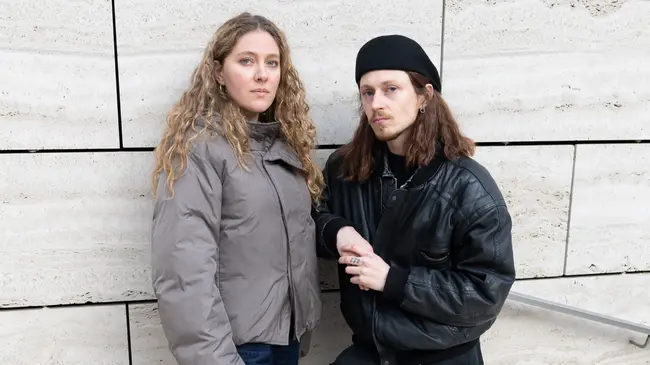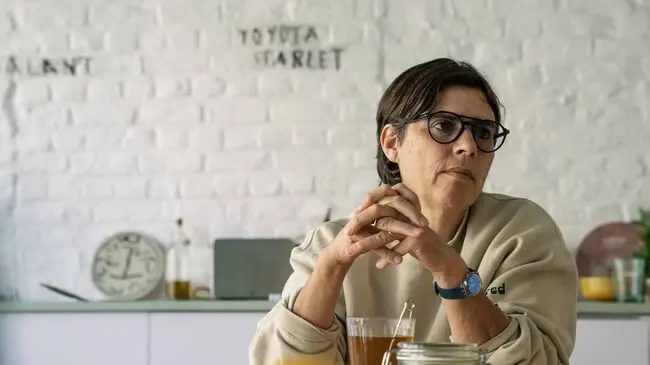On implementing architectural interventions, influenced by daily life

Yoël Pytowski (°1986) is an artist whose art practice consists of architectural installations intervening the space. Through his works, he wants to challenge the visitors to look and think critically about what both architecture and art can or should mean. His exhibition at Botanique is the result of winning the Art Contest 2019 last year.
Hi Yoel, thank you for inviting us to your studio. How are you?
In general, I am feeling very good. I am devoting all my time now to the preparation of the exhibition in Botanique. Other than that, workwise, it is a little bit complicated because of COVD-19.

How did the lockdown influence or affect your work?
A lot of things are postponed, which makes it more uncomfortable to work because I might be working on something that could be cancelled. At the same time, I have to do it because otherwise I am not prepared when it does happen.
Because of these postponements, I did a residency in August. So I am reinstalling what I did for the residency at Botanique but pushing it further.
Usually I build up installations only once. An art space generally gives me a maximum of one week to build; in this short time, I also have to fix all issues that might arise. During the residency, many issues could be solved beforehand, which makes this instalment much more comfortable.
Logistically, it is a different story. I use very heavy materials and they weigh several tons, so building this type of installation it is not an easy task. So usually the first time I see my completed installation is together with the public at the opening.
I use very heavy materials, so building this type of installations is not an easy task


Would you like to tell us something about the work that you are making for the exhibition in Botanique?
Yes, of course. For this show, I am doing something different. I'm building a whole space inside a space, not an intervention of a partial architecture in the space which I usually do. At Botanique, the viewer will discover the crossing of two architectures, the one from Botanique and the one I’m building. So two temporalities will interweave and blur the comprehension of the space. There will be a particular situation where the viewers might be asking themselves where they are and what the original space looked like, as if they were in a construction site or facing the dismantling of a space...


So you intervene in spaces just before the expo opens. How does that process start?
I cannot produce installations when I didn’t see the space. After seeing it, I think of ways in which I could intervene in it. By doing that, other questions arise, I usually focus on the ambiguity between architecture and its temporality. After my intervention, the viewer can ask himself what was first? Where does the intervention end and what is the architecture of the original building hosting the installation?
It’s not about making the viewers uncomfortable but I do want to make them conscious of what they see and how they experience the space. How architecture can change over time, how nothing is stable. So temporality is a reciprocal subject in my practice.
This ambiguity also reflects the use of the materials. For example, I often work with plaster walls that I cover with concrete on one side and let both sides be visible for the viewer. It is very interesting to see because it looks like a very steady wall on one side, but on the other side you realise its actually a very fragile 9mm plaster sheet. I also use concrete on a thin wooden floor. Again, it looks very steady, but when you step on it, it bounces back.
I am also experimenting with ambiguity in the use of a space and its structures. For example, I want to make the viewers question themselves if what they see is an architectural element or furniture.


Your inspiration comes from the space in which you will assemble your installation. Are there other places where you find inspiration?
I wouldn’t call it 'inspiration'. I prefer to call it 'influence'. I get influenced by things in my daily life. We are constantly surrounded by architecture, I am continually observing what things look like, strange structures in buildings, different temporal layers in restored houses, etc..
I’m also influenced by past life experiences. During my childhood, I lived in a lot of different places which were mostly construction sites at the beginning. My parents used to buy old houses in a semi-demolished state, and over time we reconstructed them.
My parents used to buy old houses in a semi-demolished state

Durability is important in your works. Why?
In every installation I make, I reuse materials from previous installations. So in my atelier I have a collection of materials to reuse to when I make a new work. When I break down an installation, I take everything back to the studio, even the smallest things. Reducing waste is an important motive here.
Recently, I started to make sculptures and wall works from the very small leftovers. Some pieces were just too small to recycle in another installation, so I started to think about other ways in which they could be used. I haven’t shown them yet: I don’t want to exhibit them just like that in a white space, that is not my style. They will be part of one of my next architectural installations.
Different Class works with the interest of their community at heart.
Our work’s purpose is to foster a solid network for independent artists, those who love them, and those who want to support them. Become a member to contribute to the local Belgian art scene.





